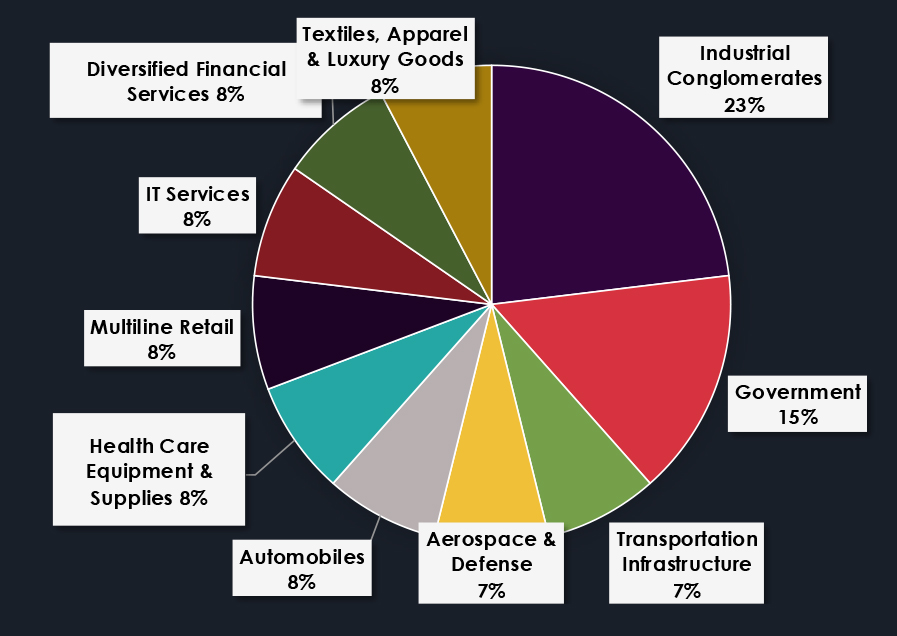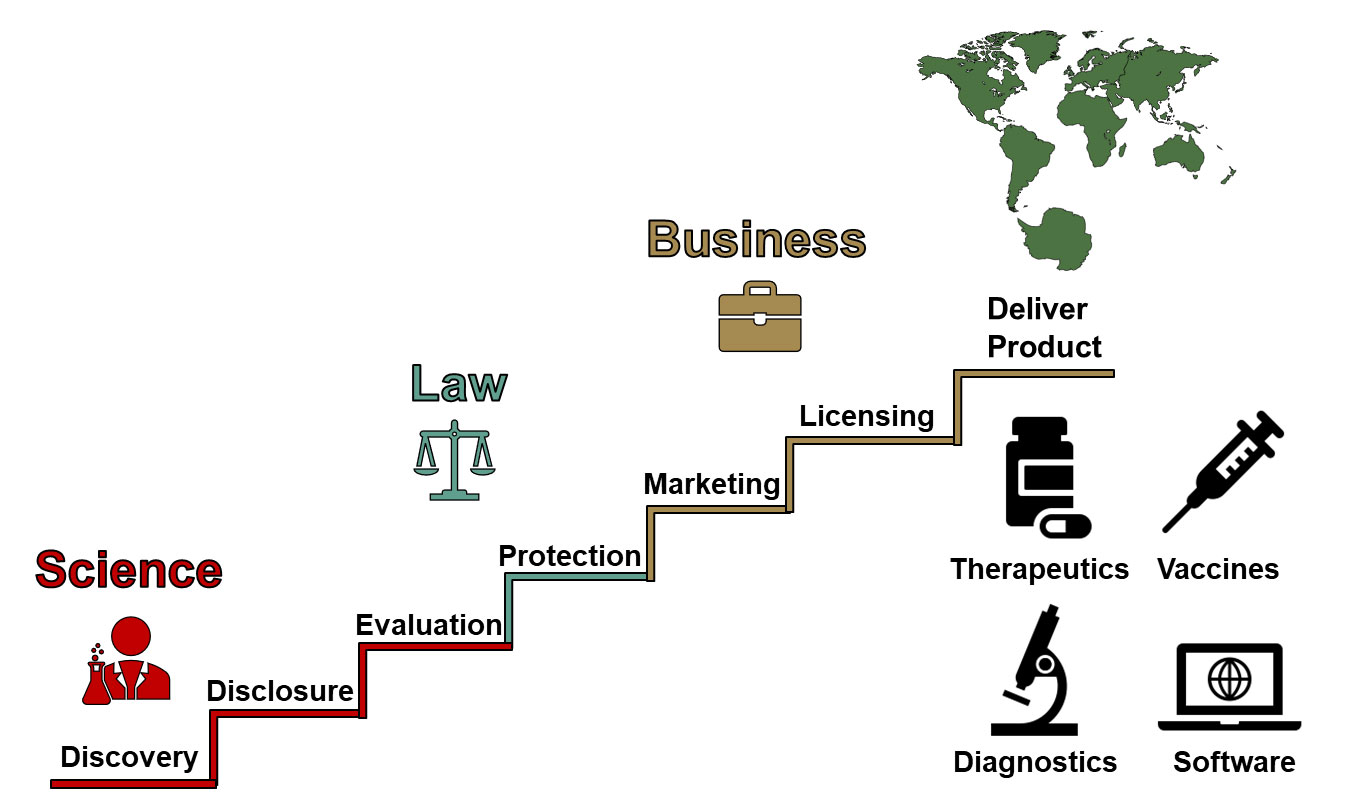Report on the U.S.-Cambodia Trade Agreement’s Impact on Sustainable Development in Southeast Asia
Executive Summary
The 2025 U.S.-Cambodia trade agreement has become a significant driver for regional development, aligning with several United Nations Sustainable Development Goals (SDGs). This report analyzes the agreement’s impact on infrastructure, economic growth, and regional partnerships, with a specific focus on its contributions to SDG 9 (Industry, Innovation, and Infrastructure), SDG 8 (Decent Work and Economic Growth), SDG 16 (Peace, Justice, and Strong Institutions), and SDG 17 (Partnerships for the Goals). The deal has catalyzed growth in the aviation and aerospace sectors, fostering a more stable and interconnected Southeast Asia.
Advancing Peace and Institutional Strength (SDG 16 & SDG 17)
Trade as a Catalyst for Regional Stability
The trade agreement has been instrumental in promoting a stable and peaceful region, a core tenet of SDG 16. By resolving trade disputes and reducing tariff threats, the deal fostered a more predictable environment for cross-border cooperation. This stability is evidenced by the de-escalation of tensions between Thailand and Cambodia, facilitated by U.S. diplomatic engagement. The agreement also mandated stricter compliance measures in Cambodia, including interministerial decrees to combat origin fraud, thereby strengthening institutional accountability and transparency in line with SDG 16 targets.
Fostering Global Partnerships for Sustainable Development
The collaborations emerging from this agreement exemplify SDG 17. Key partnerships include:
- Government-to-Government: The U.S.-Cambodia negotiations created a framework for rules-based trade and development.
- Public-Private Partnerships: The potential financing of Techo International Airport by the U.S. International Development Finance Corporation (DFC) showcases a partnership model for critical infrastructure.
- Cross-Border Industry Collaboration: The $2 billion contract between Thai Aerospace Industries (TAA) and Northrop Grumman highlights how international partnerships can drive innovation and build resilient regional supply chains.
Building Resilient Infrastructure and Fostering Innovation (SDG 9)
A Renaissance in Aviation Infrastructure
The development of modern, resilient infrastructure is central to SDG 9. The U.S.-Cambodia agreement has accelerated significant aviation projects that enhance regional connectivity and support sustainable industrialization.
Key Infrastructure Projects
- Techo International Airport (TIA): A $1.1 billion project operated by VINCI Airports, TIA is designed to be a major regional hub. Its development supports economic integration and provides a platform for sustainable tourism and trade, directly contributing to SDG 9.
- Sihanoukville International Airport: The expansion of its runway to accommodate long-haul aircraft like the Boeing 777-300ER connects Cambodia directly to North American and European markets, building resilient infrastructure that supports global trade.
- Siem Reap Angkor International Airport: Completed in 2023, this airport further enhances Cambodia’s capacity to serve as a critical node in regional logistics and tourism networks.
These projects are foundational for creating inclusive and sustainable economic zones, aligning with the objectives of SDG 11 (Sustainable Cities and Communities) by improving access and connectivity.
Promoting Sustainable Economic Growth and Decent Work (SDG 8)
Diversification and High-Value Job Creation
The trade agreement’s emphasis on supply chain diversification has spurred economic activities that promote sustained, inclusive, and sustainable growth as outlined in SDG 8. The aerospace and advanced manufacturing sectors are becoming key drivers of high-value employment and economic resilience.
- Aerospace and Defense: Thailand’s radar upgrade contract with Northrop Grumman demonstrates the region’s growing capacity in high-tech defense manufacturing.
- Advanced Manufacturing: Vietnam’s focus on EV battery production and Malaysia’s specialization in aerospace components illustrate a regional shift towards innovative industries that support SDG 8.
- Logistics and Trade: The expansion of airport infrastructure creates direct and indirect employment in logistics, hospitality, and trade facilitation, fostering broad-based economic growth.
Strategic Investment Pathways for Sustainable Development
Aligning Capital with SDG-Focused Growth
The current environment presents a strategic opportunity for investors to support and capitalize on growth that is aligned with the SDGs. The geopolitical landscape, marked by U.S. efforts to promote transparent and “rules-based” infrastructure to counterbalance Chinese influence, further underscores the importance of investing in sustainable and accountable projects.
Recommended Investment Areas
- Infrastructure Development (SDG 9): Investing in firms like VINCI Airports, which are developing and managing critical aviation infrastructure, directly supports the goal of building resilient and sustainable regional hubs.
- Logistics and Supply Chain Management (SDG 8 & SDG 9): Companies such as Maylong Logistics are essential for building the resilient supply chains needed for diversified trade, contributing to economic growth and infrastructure goals.
- Defense and Aerospace Contractors (SDG 16): Targeting firms like Thai Aerospace Industries, which benefit from investments aimed at enhancing regional security and stability, aligns with the broader objectives of promoting peace and strong institutions.
Which SDGs are addressed or connected to the issues highlighted in the article?
SDG 8: Decent Work and Economic Growth
- The article highlights how the U.S.-Cambodia trade agreement serves as a “pivotal catalyst” for economic activity, unlocking “new investment opportunities” and driving an “aviation boom” in Southeast Asia. This focus on trade, investment, and sector-specific growth directly relates to promoting sustained, inclusive, and sustainable economic growth.
SDG 9: Industry, Innovation and Infrastructure
- This is a central theme of the article. It extensively discusses the development of resilient infrastructure, specifically in the aviation sector. The text details the “$1.1 billion Techo International Airport (TIA) project,” the “expansion of Sihanoukville International Airport,” and the promotion of “aerospace innovation” and “advanced manufacturing,” all of which are core components of SDG 9.
SDG 16: Peace, Justice and Strong Institutions
- The article connects the trade deal to regional stability, noting the “de-escalation of tensions between Thailand and Cambodia.” It also points to institutional strengthening, as Cambodia was prompted to “adopt stricter compliance measures, including interministerial decrees to prevent origin fraud.” The U.S. promotion of “rules-based infrastructure development, emphasizing transparency” further aligns with building effective and accountable institutions.
SDG 17: Partnerships for the Goals
- The entire article is framed around a bilateral trade agreement (U.S.-Cambodia) that fosters regional and global partnerships. It provides concrete examples of international cooperation, such as the U.S. DFC’s potential financial support for a Cambodian airport, the joint venture for Techo Airport between Cambodia’s OCIC and France’s VINCI Airports, and a defense contract between Thailand’s TAA and the U.S.’s Northrop Grumman.
What specific targets under those SDGs can be identified based on the article’s content?
SDG 8: Decent Work and Economic Growth
- Target 8.2: Achieve higher levels of economic productivity through diversification, technological upgrading and innovation. The article points to this by describing how the trade deal spurred “supply chain diversification,” “aerospace innovation,” and investments in “advanced manufacturing” such as EV batteries in Vietnam and aerospace components in Malaysia.
SDG 9: Industry, Innovation and Infrastructure
- Target 9.1: Develop quality, reliable, sustainable and resilient infrastructure, including regional and transborder infrastructure, to support economic development. The article’s focus on the Techo International Airport, Sihanoukville airport expansion, and Siem Reap airport as “critical nodes in a logistics network that supports trade, tourism, and regional economic integration” directly reflects this target.
- Target 9.4: Upgrade infrastructure and retrofit industries to make them sustainable. This is referenced in the U.S. effort to “promote ‘rules-based’ infrastructure development, emphasizing transparency and sustainability.”
SDG 16: Peace, Justice and Strong Institutions
- Target 16.6: Develop effective, accountable and transparent institutions at all levels. This is identified through Cambodia’s adoption of “stricter compliance measures” and “interministerial decrees to prevent origin fraud,” which are actions to build more accountable institutions in line with U.S. trade standards.
SDG 17: Partnerships for the Goals
- Target 17.3: Mobilize additional financial resources for developing countries from multiple sources. The article mentions the U.S. International Development Finance Corporation (DFC) “assessing potential financial support” for the Techo Airport, which is a form of mobilized international finance.
- Target 17.17: Encourage and promote effective public, public-private and civil society partnerships. The Techo Airport project is explicitly cited as a “joint venture between the Overseas Cambodian Investment Corporation (OCIC) and VINCI Airports,” a clear example of a public-private partnership.
Are there any indicators mentioned or implied in the article that can be used to measure progress towards the identified targets?
SDG 8: Decent Work and Economic Growth
- Implied Indicator: Total value of new investments and contracts. The article provides specific figures, such as the “$2 billion contract” secured by Thai Aerospace Industries and the “$1.1 billion project” cost of Techo International Airport, which serve as measures of economic activity.
SDG 9: Industry, Innovation and Infrastructure
- Indicator: Passenger and freight volume. The article specifies the design capacity of the new Techo International Airport, which is “to handle 15 million passengers annually by 2040.” It also mentions the Sihanoukville runway expansion now “accommodates long-haul aircraft like the Boeing 777-300ER,” implying increased capacity for passengers and freight.
SDG 16: Peace, Justice and Strong Institutions
- Indicator: Number of countries that have adopted and implemented constitutional, statutory and/or policy guarantees for public access to information. The mention of Cambodia adopting “interministerial decrees to prevent origin fraud” serves as a qualitative indicator of policy implementation aimed at transparency and accountability.
SDG 17: Partnerships for the Goals
- Indicator: Dollar value of foreign direct investment (FDI) and financial commitments. The article provides the value of the Techo Airport project ($1.1 billion) involving a foreign partner (VINCI Airports) and notes the DFC’s “potential financial support.”
- Indicator: Number of public-private partnerships. The article explicitly identifies one major project, the “Techo Airport… a joint venture between the Overseas Cambodian Investment Corporation (OCIC) and VINCI Airports.”
Table of SDGs, Targets, and Indicators
| SDGs | Targets | Indicators Identified in the Article |
|---|---|---|
| SDG 8: Decent Work and Economic Growth | 8.2: Achieve higher levels of economic productivity through diversification, technological upgrading and innovation. | Value of new contracts ($2 billion for Thai Aerospace Industries) and investments in advanced manufacturing. |
| SDG 9: Industry, Innovation and Infrastructure | 9.1: Develop quality, reliable, sustainable and resilient infrastructure to support economic development. | Airport passenger capacity (Techo Airport to handle 15 million passengers annually); ability to accommodate specific aircraft (Boeing 777-300ER). |
| SDG 16: Peace, Justice and Strong Institutions | 16.6: Develop effective, accountable and transparent institutions at all levels. | Adoption of new regulations (“interministerial decrees to prevent origin fraud”). |
| SDG 17: Partnerships for the Goals | 17.17: Encourage and promote effective public, public-private and civil society partnerships. | Number and nature of partnerships (Techo Airport as a joint venture between OCIC and VINCI Airports). |
Source: ainvest.com







